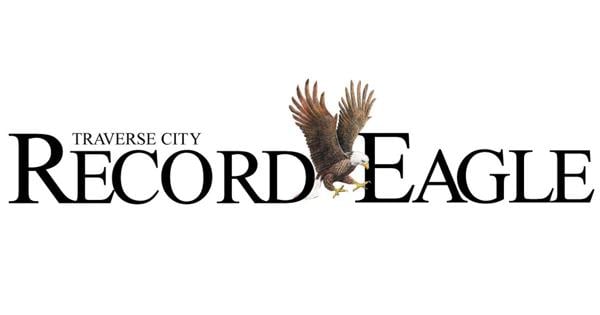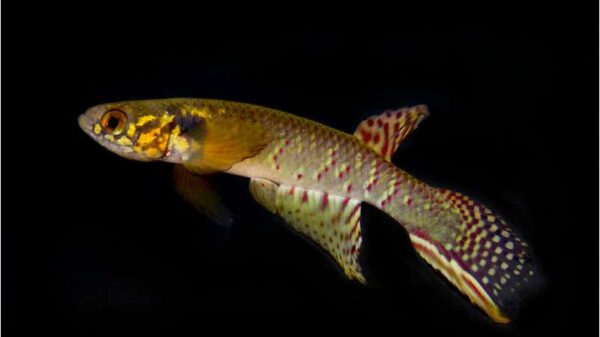A recent study conducted by researchers at the University of Kentucky has unveiled a new scoring system that links parasitic infections in horses to deteriorating coat conditions. This innovative tool provides veterinarians and equine health professionals with a deeper understanding of how parasite loads affect the overall well-being of horses.
The research highlights a significant correlation between the number of parasites present in a horse and the quality of its coat. Horses with higher parasitic loads exhibited noticeably poorer coat conditions, which could indicate broader health issues. This finding is critical as it gives horse owners and caretakers a reliable method to assess the overall health of their animals based on observable traits.
Understanding the Implications of Parasitic Infections
Parasitic infections are a common issue among horses, often leading to a range of health complications. The study’s authors emphasized that managing these infections is vital not only for the animal’s appearance but also for its overall health and performance. With the new scoring system, veterinarians can now evaluate coat condition more effectively, allowing for timely interventions.
The scoring tool was developed after extensive research involving numerous horses across various environments. By analyzing the relationship between parasite loads and coat condition, the study provides a framework for better health assessments. This can lead to improved care strategies, ultimately promoting healthier horses and enhancing their wellbeing.
Future Directions for Equine Health
The introduction of this scoring system is expected to have a far-reaching impact on veterinary practices. As horse owners and veterinarians adopt this tool, it could revolutionize how healthcare is managed in equine populations. By focusing on visible indicators like coat condition, proactive measures can be taken to mitigate the effects of parasites before they lead to more serious health problems.
The researchers believe that further studies will enhance the understanding of the relationship between parasites and horse health. Such insights could open avenues for developing targeted treatments and preventive measures, ensuring that horses receive the best possible care.
In conclusion, this study not only sheds light on the effects of parasites on horse health but also introduces a practical tool for improving animal care. The link between coat condition and parasitic load serves as a reminder of the importance of regular health assessments in maintaining the well-being of horses.




































































